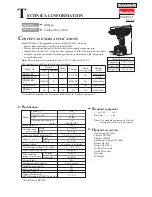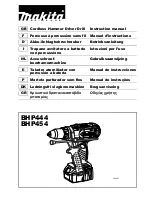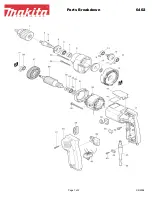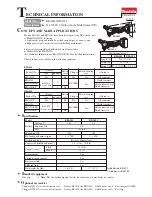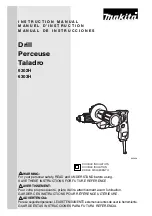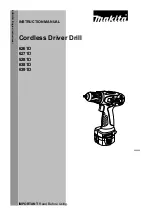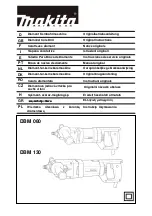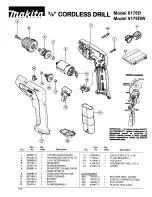
2
2
How to check the appliance is connected to the gas supply in a sound fashion
• It is important that all gas connections have been correctly connected to prevent any gas leaks.
• The correct way is to smear the joint, i.e. where the gas container connects to the appliance, with soapy water. Turn the appliance control knob
slightly anti-clockwise to turn the gas on. If bubbles form, then there is a gas leak. Immediately turn the gas off and disconnect the gas supply
from the appliance. Check that all the connections are properly fitted. Check that the seal is in place and in good condition before connecting
the gas supply. Re-check with soapy water after refitting the gas supply.
• If a gas leak persists, return the product to your local dealer for inspection/repair.
• ONLY USE IN WELL VENTILATED AREAS.
• CARBON MONOXIDE HAZARD - USING THIS APPLIANCE IN AN ENCLOSED SPACE MAY CAUSE DEATH. DO NOT USE IN CARAVANS,
TENTS, MARINE CRAFT, CARS, MOBILE HOMES OR SIMILAR LOCATIONS.
• This appliance shall only be used in an above ground open air situation with natural ventilation, without stagnant areas, where gas leakage
and products of combustion are rapidly by wind and natural convection.
• Any enclosure in which the appliance is used shall comply with one of the following:
•
An enclosure with walls on all sides, but with no overhead cover.
•
Within a partial enclosure that includes an overhead cover and no more than two walls.
•
Within a partial enclosure that includes an overhead cover and more than two walls, the following shall apply:
•
At least 25% of the total wall area is completely open.
•
30% or more in total of the remaining wall side, back and front wall areas is open and unrestricted.
•
In the case of balconies, 20% or more of the total wall area shall remain open and unrestricted.
EN
Country of Use
USA & Canada
Allowable gasses
LPG
Gas Pressure
Direct Pressure
Jet Number
0.48
Nominal Usage
114g/hr
Gross nom. heat
input
5459BTU
2. Fitting and Changing the Gas Supply
Connecting the cartridge
• Open the cartridge cover (see section 4 for list of components).
• Check that the control knob is in the “off” position and that the lever is set to “unlock” (see Fig. 2).
• Note! The cartridge can only be locked if the control knob is in the “off” position.
• Check that the seal is in place and is not worn or damaged before connecting the cartridge (se Fig.
3c).
• Connect the cartridge in a horizontal position and ensure that the notch is in line with the safety
guide (as shown in Fig. 3d).
• CAUTION: Ensure that the notch is facing upwards and that the safety guide is inserted in the notch.
• Lock the cartridge into place by moving the lever to the “lock gas” position (see Fig. 2).
• CAUTION: If you smell gas, refer to section 1 on how to check for a gas leak.
Disconnecting and changing the cartridge
•
Before disconnecting the cartridge,
check that the burner is extinguished and that the control knob
is in the “off position”.
• Unlock the cartridge by moving the lever to the “unlock” position (see Fig. 2).
• Open the cartridge cover and remove the cartridge in a horizontal position (as shown in Fig. 3b).
• Note! The cartridge can be removed even if it is not empty and can be stored to be used for another time.
• Change the gas cartridge outdoors and away from other people.
• To refit a previously used gas cartridge, refer to instructions above on how to connect the cartridge. Apply the same care and checking procedures
as if fitting a new gas cartridge.
Fig. 2




















